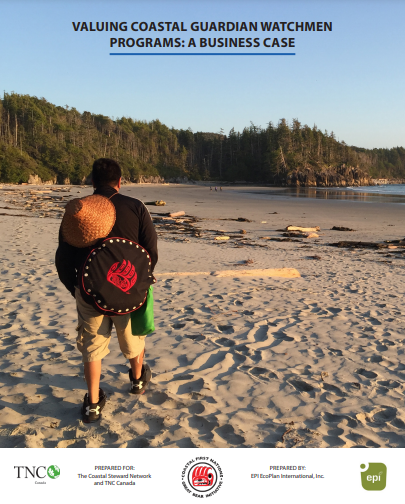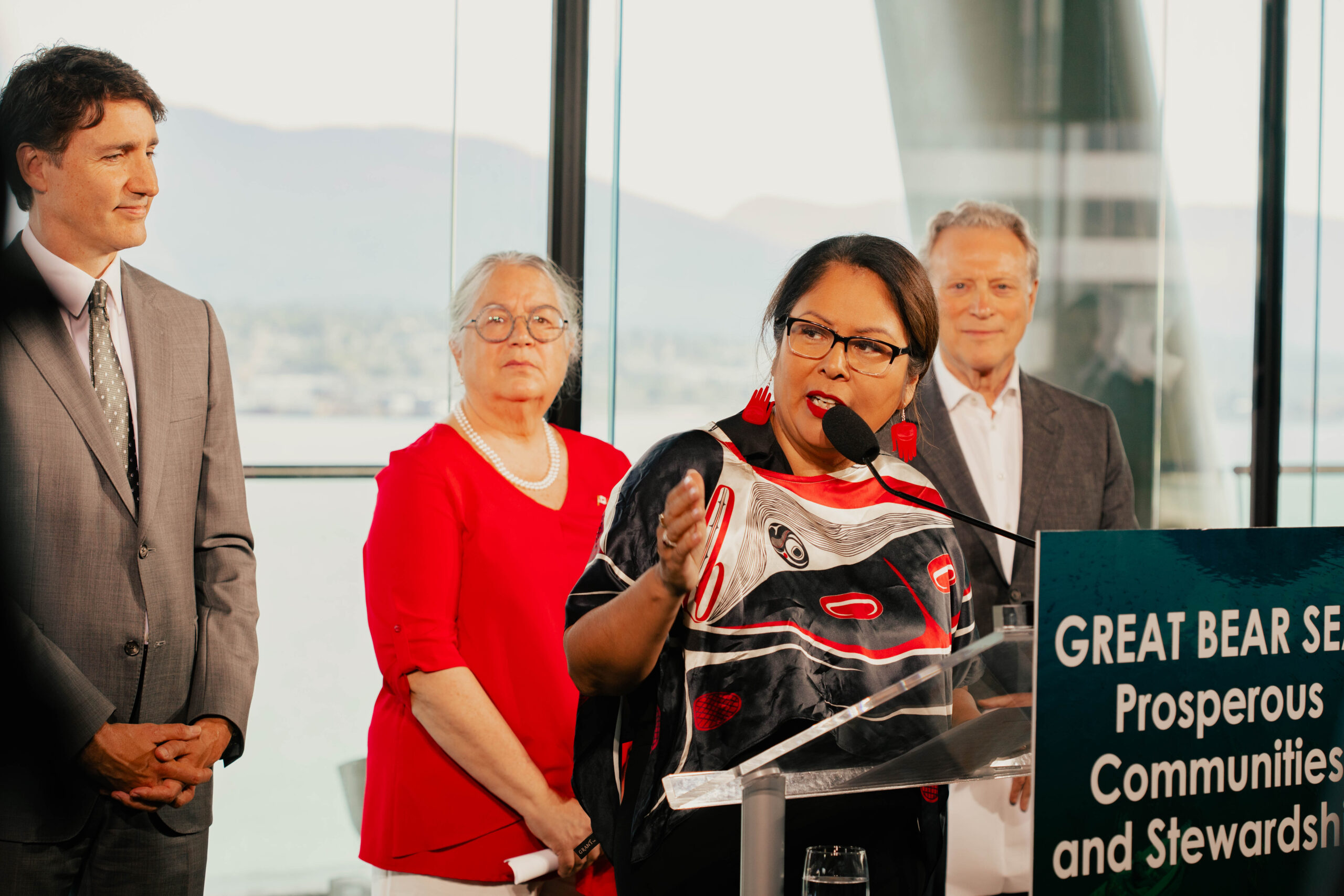First Nations along the North and Central Coast and Haida Gwaii have a rich history of stewardship within their coastal territories, which is reflected in their modern Guardian Watchmen programs.
These programs play a vital role in all aspects of stewardship for CFN member Nations, and Guardians work as front-line stewards to monitor, protect and restore the cultural and natural resources of their territories. Although the programs differ for each Nation—reflecting the uniqueness of their region and governance structures—they all share the same goal of ensuring viable, healthy communities for generations to come.

With growing calls for increased funding for Indigenous Guardian programs—on the coast and across the country—it’s reasonable to ask: are they worth it?
Stewardship managers and other leaders within CFN member Nations have never doubted that these programs add great value—they help safeguard natural ecosystems and cultural heritage, while enhancing community well-being through increased economic opportunities and other factors. But it’s one thing to know it; it’s a whole other challenge to quantify that value in real and tangible ways.
In 2016, CFN-GBI member Nations participated in a study analyzing the benefits of Guardian Watchmen programs for communities—from improved community and cultural well-being, increased capacity, economic opportunities and enhanced Nation-to-Nation relationships.
Although those values are difficult to quantify financially, an exhaustive final report from the study revealed, at the low end, a 10:1 annual return on investment for communities with Guardian programs. For some, the return was higher, at 20:1.
Prepared by EcoPlan International for CFN-GBI and Nature United, the final report—Valuing Coastal Guardian Watchmen Programs: A Business Case—examined the net value from the perspective of First Nations that run these programs.
The study provides clear evidence of the importance of funding these programs. The report also found this significant return on investment was achieved rapidly for both new programs and more mature programs, and the value could be sustained over time with continued investment.


